 London is having an international art fair that caters to every taste and any wallet. Difficult to pull off with 28 countries, 1000 artists and over 150 galleries participating, but it means anything goes as the Art fair splits up to accommodate the freebies, the disturbing and the ultra chic. October 11 - 14 encompasses the fifth Frieze Art Fair and since the 8th there has been the Free Art Fair on Seymour Place ending on the 14th. The vast inventory of art available worries those who still seek extensive art profits amidst a global credit squeeze. All about the Art, for the sake of the art , is quaint to those ruthless speculators seeking the next new Artiste. Full success for moneyed interests for the London Frieze Art Fair are auction and sales of over 300 million pounds or $250 million USD.
London is having an international art fair that caters to every taste and any wallet. Difficult to pull off with 28 countries, 1000 artists and over 150 galleries participating, but it means anything goes as the Art fair splits up to accommodate the freebies, the disturbing and the ultra chic. October 11 - 14 encompasses the fifth Frieze Art Fair and since the 8th there has been the Free Art Fair on Seymour Place ending on the 14th. The vast inventory of art available worries those who still seek extensive art profits amidst a global credit squeeze. All about the Art, for the sake of the art , is quaint to those ruthless speculators seeking the next new Artiste. Full success for moneyed interests for the London Frieze Art Fair are auction and sales of over 300 million pounds or $250 million USD.Hedge-fund art advisors and VIP collectors converge on London’s Frieze Art Fair on Wednesday, as dealers fret that sales will be hurt by financial-market turbulence and threatened bonus cuts.
“You have to be foolish to not be concerned because Wall Street and the hedge funds are a lot of our clients,” said New York gallery director Natalia Mager Sacasa of Luhring Augustine. “When they start to lose money, it affects how they collect.”
 For those inclined to wonder, marvel and wander off the beaten path, there are a number of galleries sponsoring artists that never get this type of platform. Friezes are everywhere. At the conclusion of the Free Art Fair, no matter what's left at what price point, it is given away. Say what? That is quite the incentive to stick around as a bitter ender depending on one's taste level. (photo NYT Jonathon Player)
For those inclined to wonder, marvel and wander off the beaten path, there are a number of galleries sponsoring artists that never get this type of platform. Friezes are everywhere. At the conclusion of the Free Art Fair, no matter what's left at what price point, it is given away. Say what? That is quite the incentive to stick around as a bitter ender depending on one's taste level. (photo NYT Jonathon Player)Why?
"I thought we should do something different from what everyone else is doing at this time of year and non-commercial," he said, "and something that excites people and values art, not selling. This gives anyone the chance to own a serious piece of art."
Will you just end up with a piece of paper with a scribble on? The organisers say no, not unless that's what the artist does anyway.
At Frieze, meanwhile, Jake and Dinos Chapman will doodle on your money for free, probably increasing the value of your fiver by a hefty amount. Bonkers.
The seamier side of the spending frenzy that is Frieze is being examined in the exhibition Decadence, Decay and the Demimonde, at 92 George Street, London W1.
 Friezes are a important to history and the ancient Greeks were masters of the art form. Architectural projects were a favorite of the
Friezes are a important to history and the ancient Greeks were masters of the art form. Architectural projects were a favorite of the 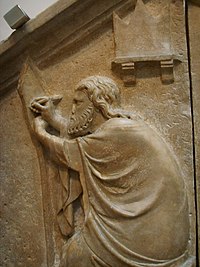 industrious Greeks to uniquely mark buildings and tell stories. Italians made use of the art form in beautiful bas reliefs in the 14th century. Modern friezes are unrestrained and use a multitude of mediums to make an artist's point of view manifest.
industrious Greeks to uniquely mark buildings and tell stories. Italians made use of the art form in beautiful bas reliefs in the 14th century. Modern friezes are unrestrained and use a multitude of mediums to make an artist's point of view manifest.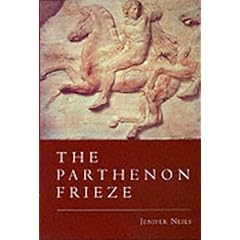
From Jennifer Niels comes The Parthenon Frieze, a well- researched complete book of the sculpted Ionic freize studied for two hundred years by architects and artisans.

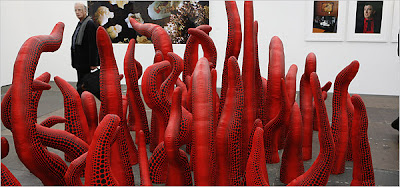
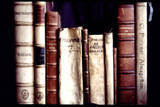


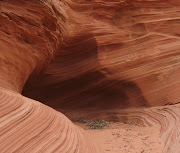






No comments:
Post a Comment